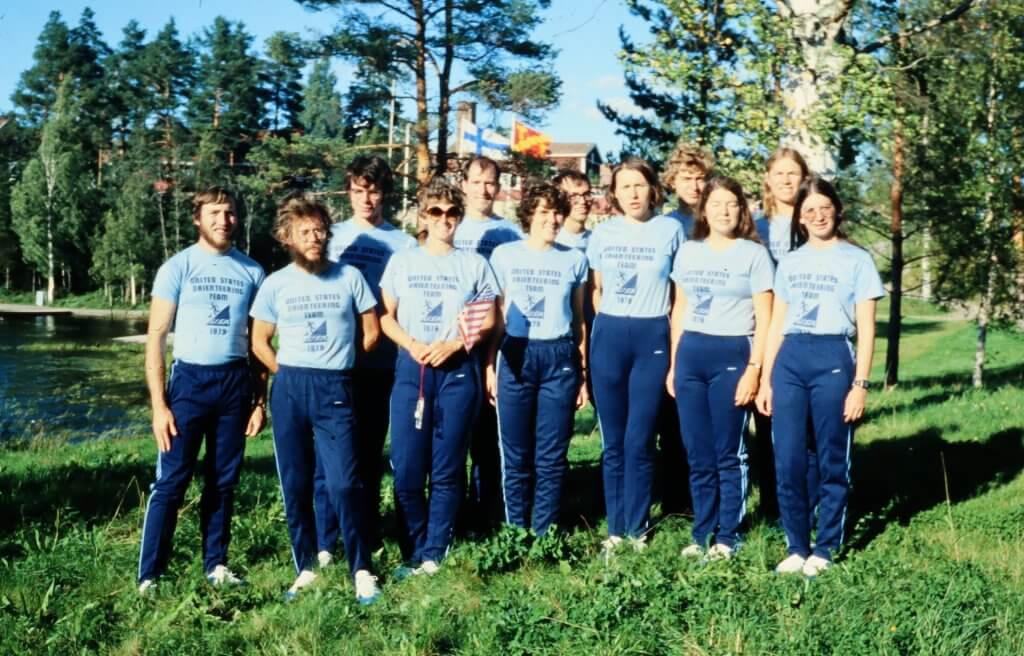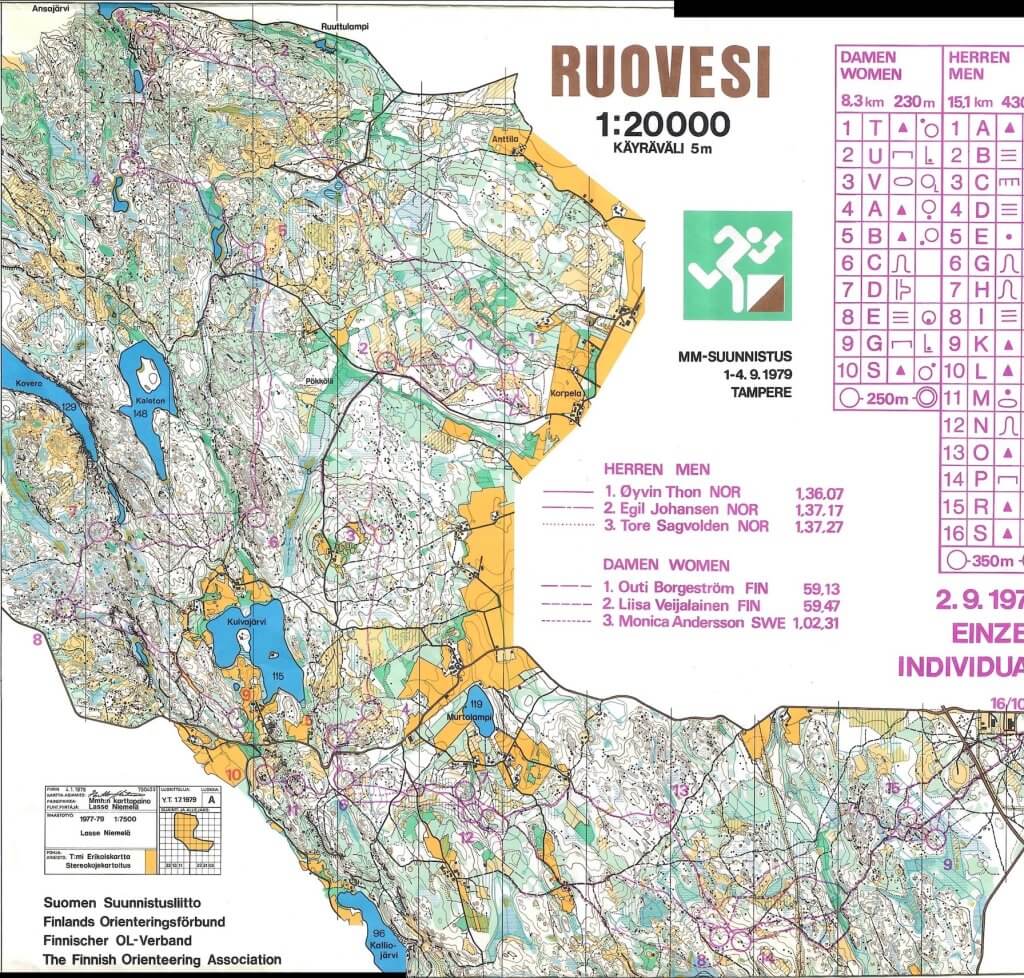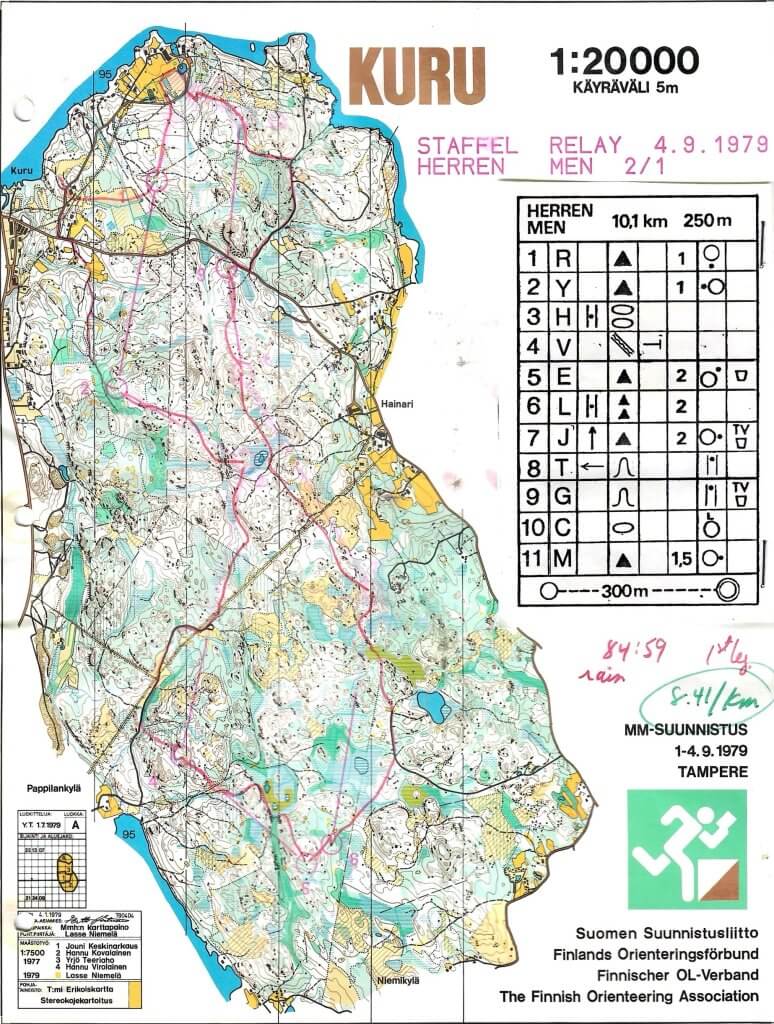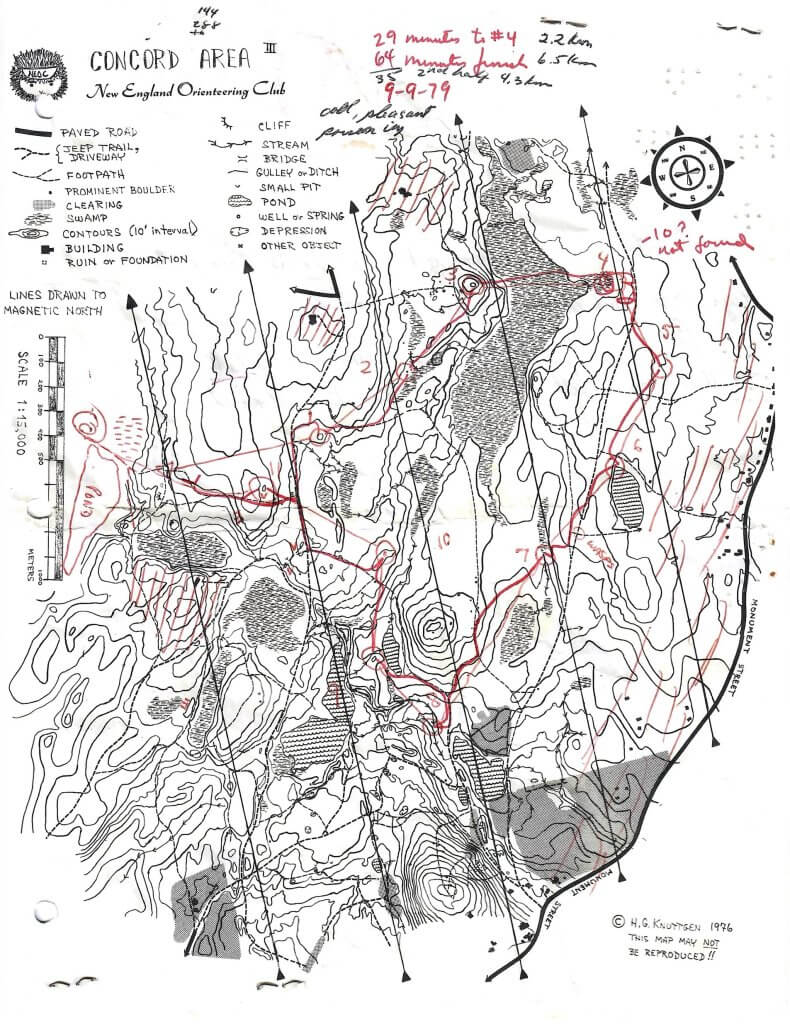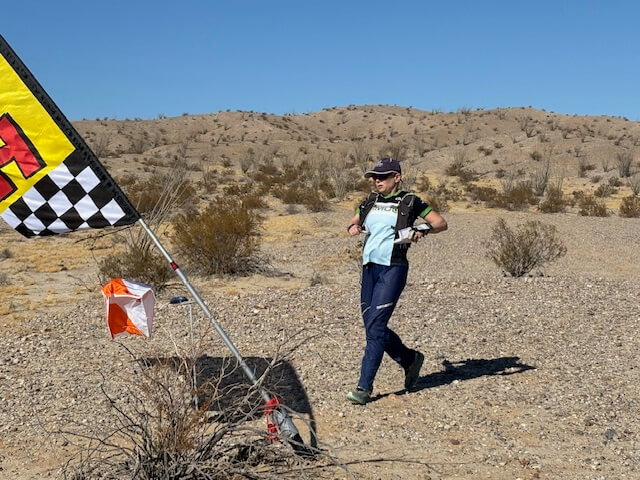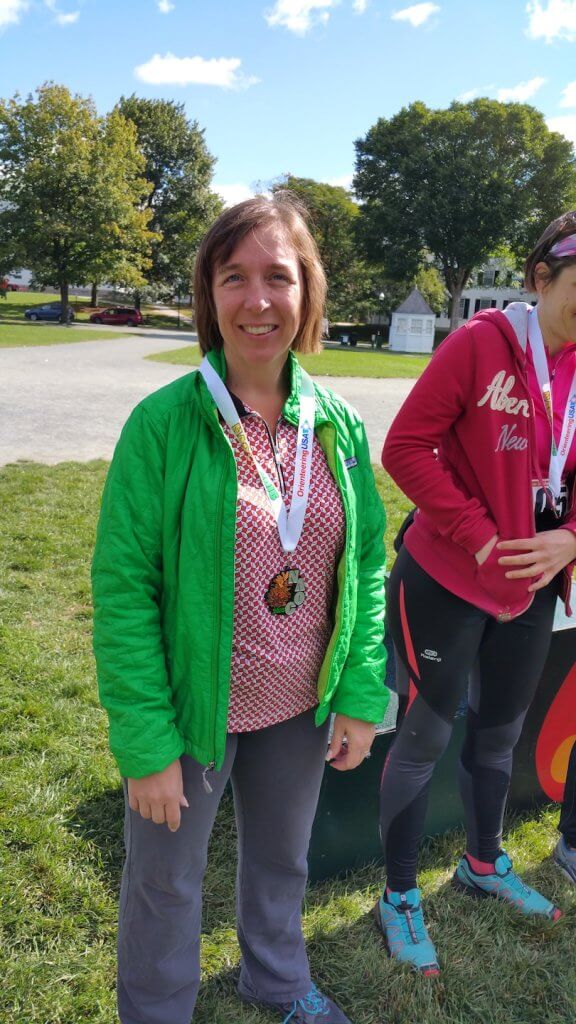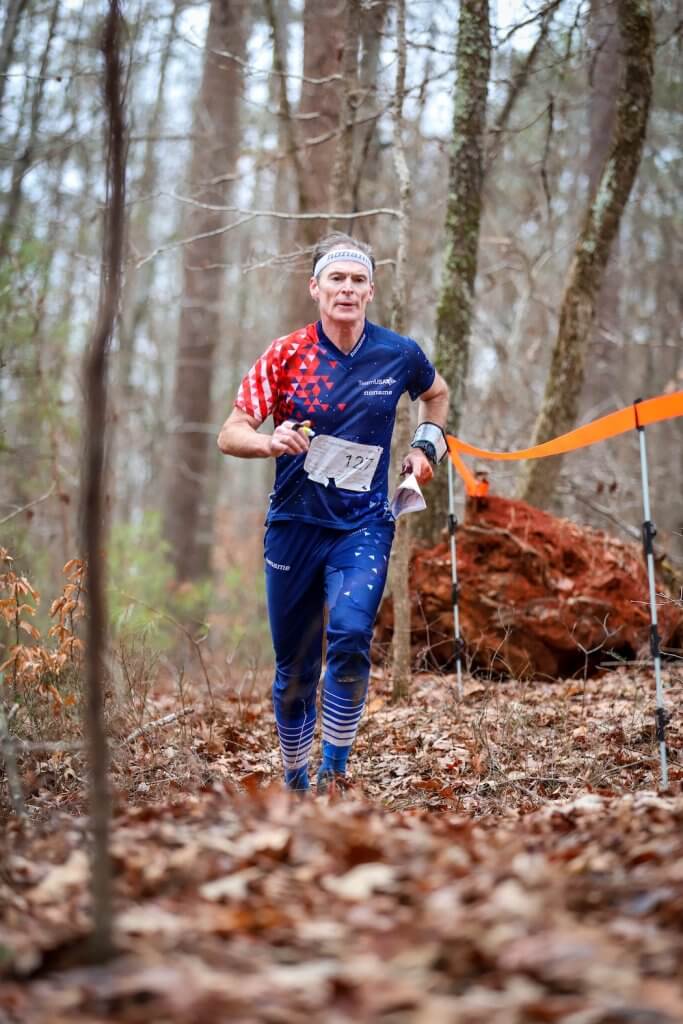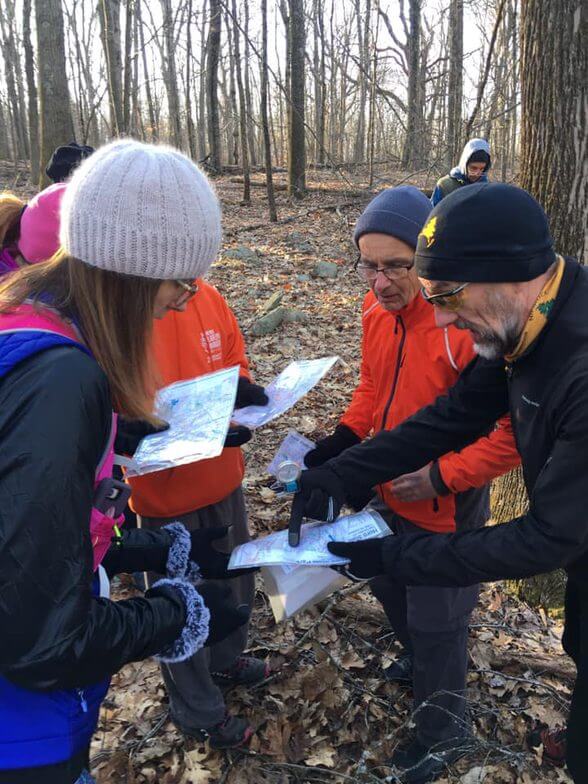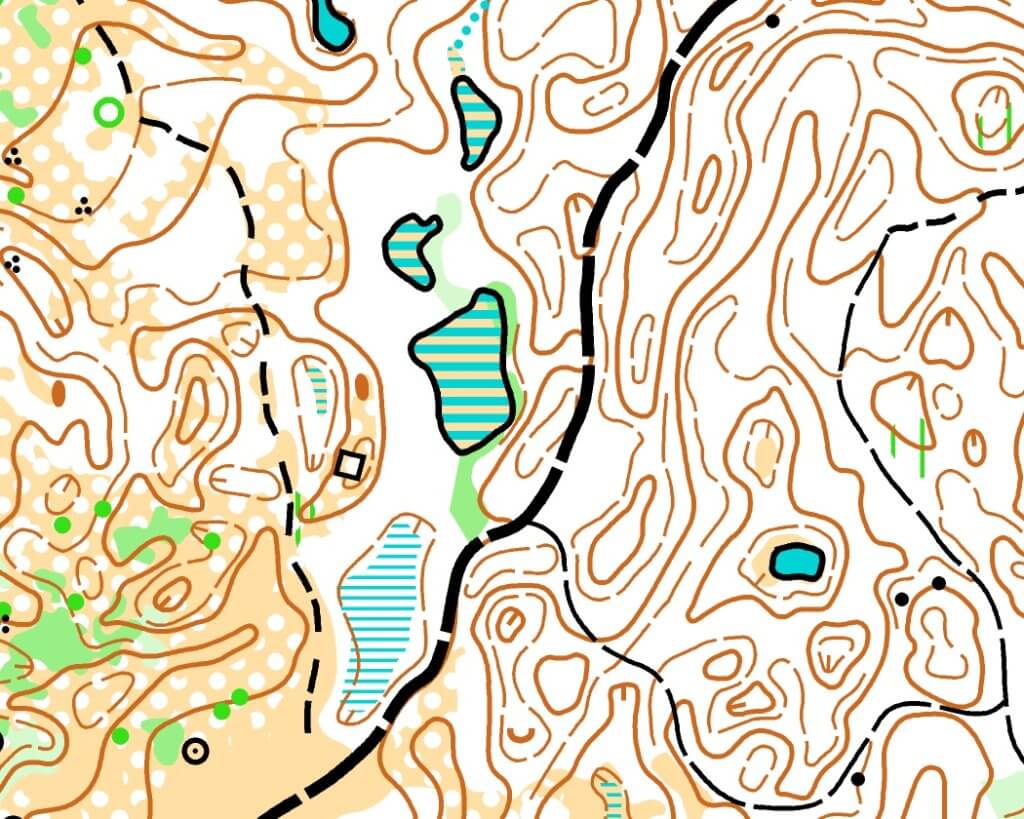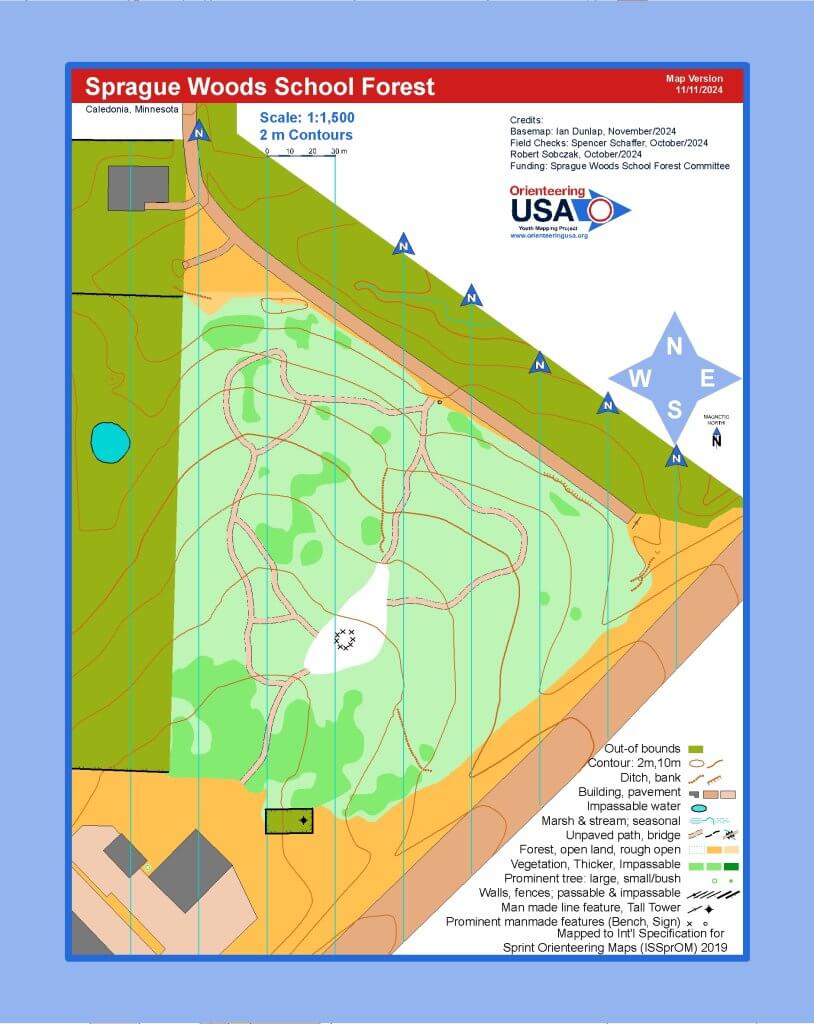2025 OUSA Rules published
The 2025 OUSA Rules document is now available in the OUSA Library. Note that sections A.35 and A.36 were combined, so any rule references in other documents that were A.35 through A.44 will need to be changed.
Please send any comments, corrections, or broken links to rules@nullorienteeringusa.org.
Notable changes from 2024:
- In accordance with the vote at the AGM, punching rules were changed in the Foot-O section
- Manual punching has been removed and replaced with “Only IOF electronic punching systems may be used”
- Contactless punching is now required to be enabled, but competitors must not be required to utilize it. (i.e. you need to let someone use a non-Air stick.)
- Changed some punching rules language to better match IOF rules.
- Intercollegiate and Interscholastic sections were merged and language changed for consistency.
- Added the possibility of mixed teams that cross IC/IS classes.
- Teams are now consistently defined as having 2 to 5 competitors. Scoring section updated to state that a team of 2 will be scored as though they had a third person who scores DNF.
- Club Team classes at Jr. Nationals changed
- The only championship Club Team class at Jr. Nationals will now be a mixed team class. Removed Club Varsity, Club JV, and Club Intermediate from the Championship list. It is not necessary to offer these classes. If offered, they are not eligible for championship awards.
- Removed requirement that Club Teams must not be eligible as a School or JROTC Team. Competitors may run for both their club and school and/or JROTC unit. With the mixed Club teams, it is anticipated that Club teams will likely have differing rosters than School and JROTC teams.

